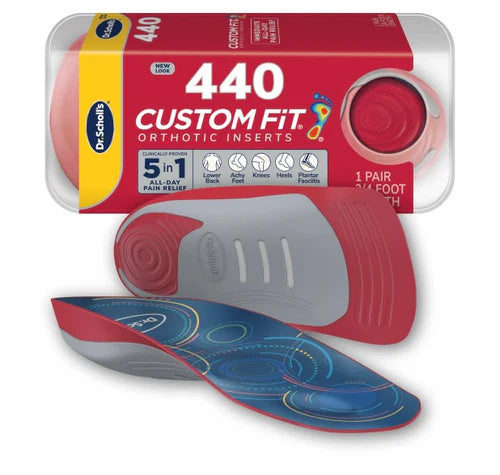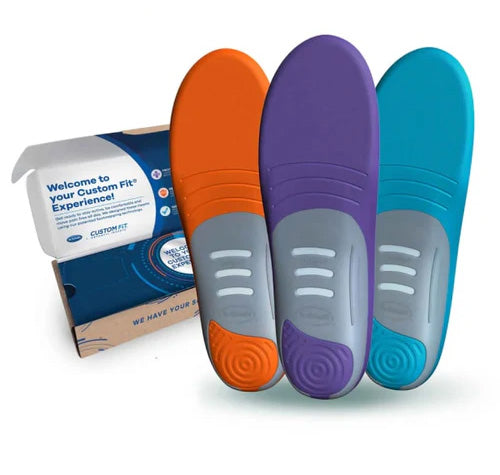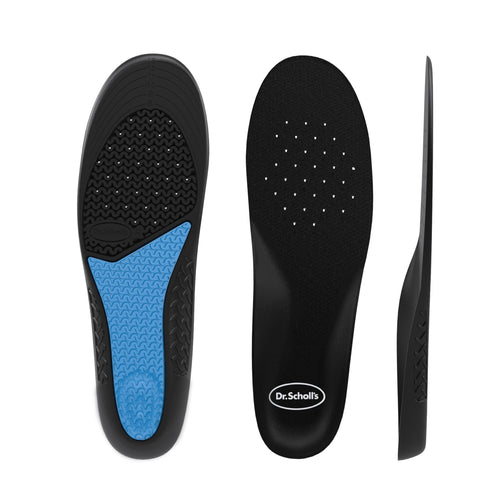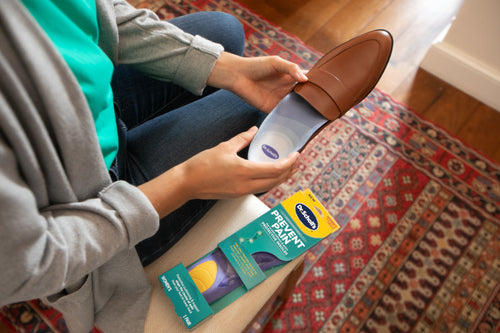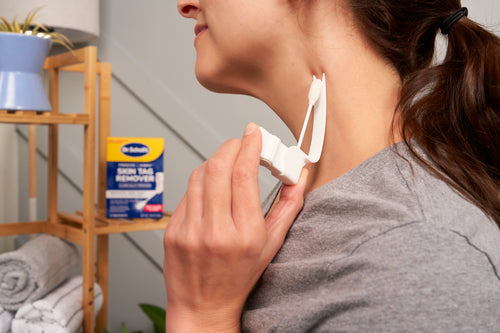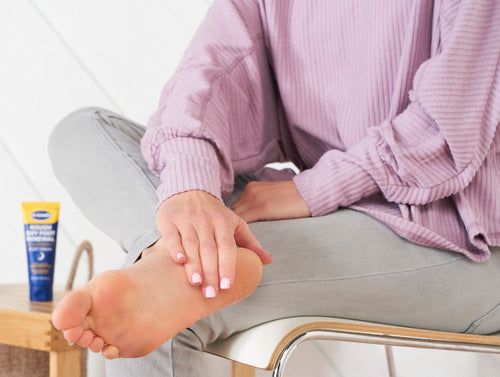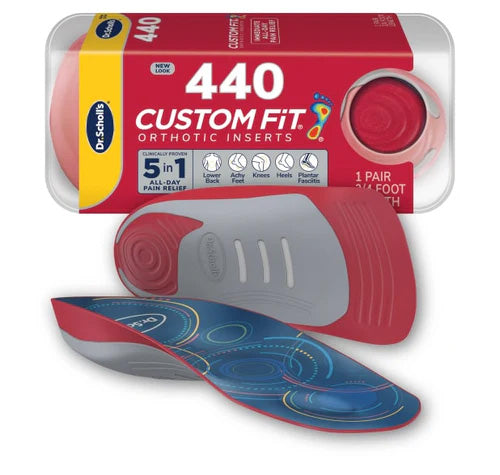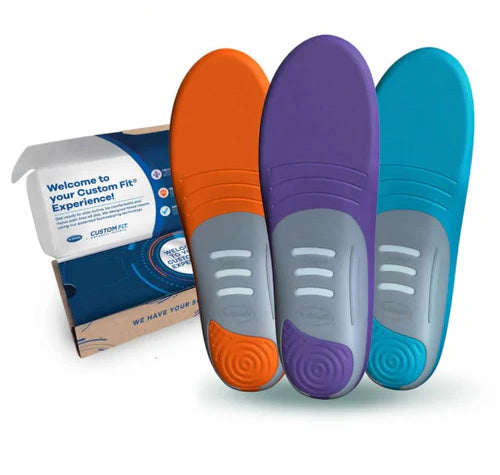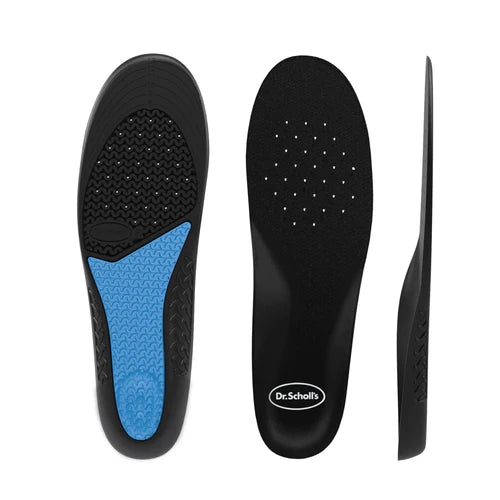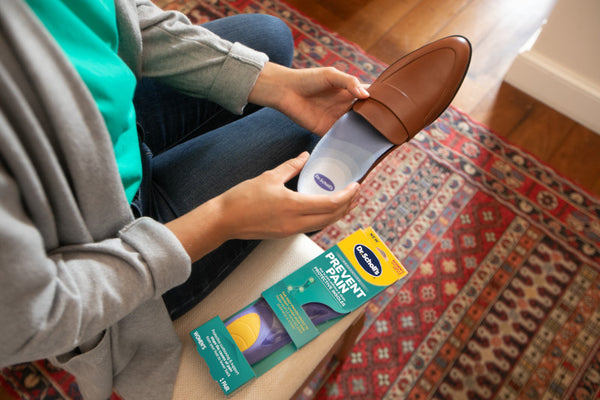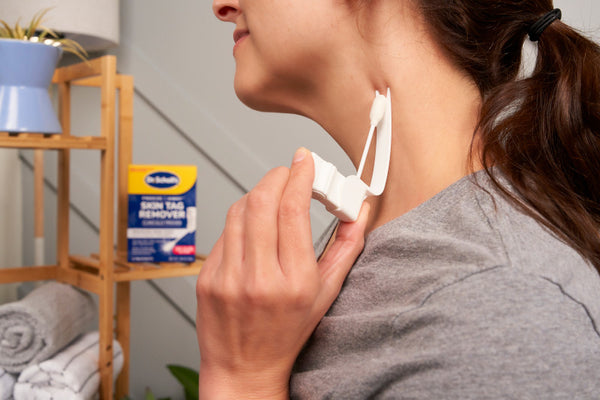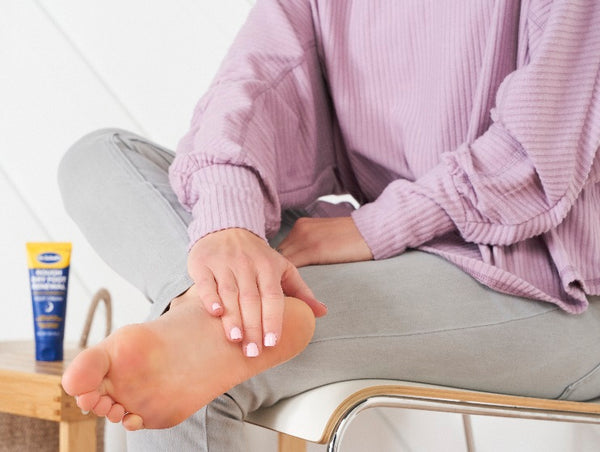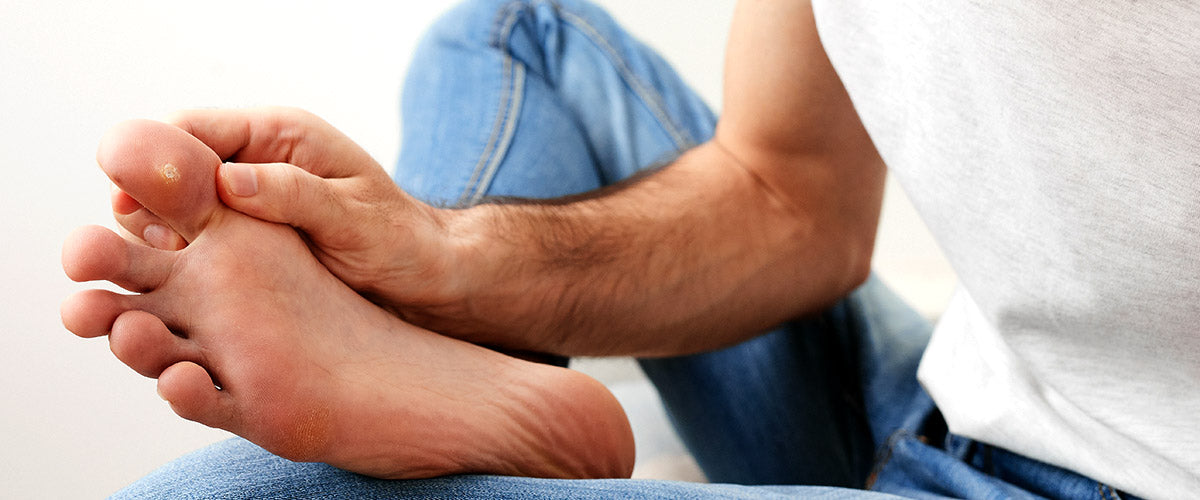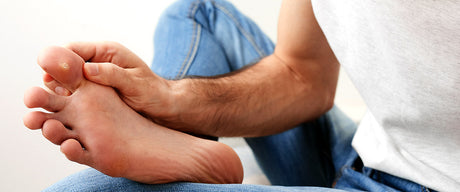Out of all of the skin conditions out there, it’s quite possibly warts that cause the most confusion. Let’s clear up some of the most common myths surrounding this type of skin growth and set the record straight.
Myth #1: Warts are Caused by Touching Toads
You don’t have to worry about getting warts from toads. It’s actually the human papillomavirus (HPV) that causes warts in people, and only a few strains of HPV cause the type of warts that form on the hands. Since HPV is only carried by humans, toads aren’t capable of giving people warts.

Myth #2: Warts Have Roots
Warts are growths that form from the top layer of the skin. Contrary to popular belief, warts never form roots

Myth #3: Warts Aren’t Contagious
Warts are caused by a contagious virus, the human papillomavirus (HPV), which can enter the skin through a scratch or a cut. The virus can be transmitted through touching and by sharing personal items such as towels and razors. You can spread the virus to another person and also from one part of your body to another.

Myth #4: All Types of Warts are the Same
There are several different types of warts:
- Common warts are the most common type of wart (as the name suggests) and are usually found on the hands, particularly the fingers, although they can occur in other areas.
- Plantar warts occur most commonly on the ankles and feet.
- Filiform warts usually appear on the face, especially around the mouth, eyes and nose.
- Periungual warts form around and under toenails and fingernails.
- Flat warts usually appear on the face, especially the cheeks and forehead.
- Genital warts are caused by an STI (sexually transmitted infection) and occur on the genitals and anus.

Myth #5: Warts Are Forever / Can’t Be Treated
If you have a wart, you’re not stuck with it forever. There are a number of different treatments for warts, for example:
- Salicylic acid exfoliates the layers of a wart little by little. You can find salicylic acid in treatment products such as Dr. Scholl’s® CLEAR Away® Plantar Wart Remover. The cushioned pads alleviate painful pressure when you walk, while actively treating the wart (see image below). There’s also Dr. Scholl’s® CLEAR Away® Wart Remover with Duragel® Technology for discreet wart treatment with a nearly invisible band optimal for fingers and toes.

- Freezing involves applying a cold substance directly to the wart in order to remove it. This can be done in a doctor’s office. There are also over-the-counter products available such as Dr. Scholl’s® Freeze Away® Wart Remover, so you can remove warts from the comfort of your home. Dr. Scholl’s® Dual Action Freeze Away® Wart Remover combines a freezing treatment with salicylic acid treatment pads to help treat larger warts (see image below).

While warts can be treated and removed, note that the wart may form again if the virus remains in the skin. Unfortunately, wart treatments don’t kill the virus that causes warts.
Myth #6: It’s Impossible to Prevent Warts
Although they’re common, warts are not an inevitable part of life and you can minimize your risk of getting warts by following some basic steps including:
- Don’t touch another person’s wart.
- Keep your hands clean by washing them often with warm water and soap.
- Don’t share personal items such as towels, nail clippers and razors.
- If you get a scratch or a cut, thoroughly clean the area immediately and cover it with a bandage.
- Avoid going barefoot in public areas such as locker rooms and areas around public swimming pools.


